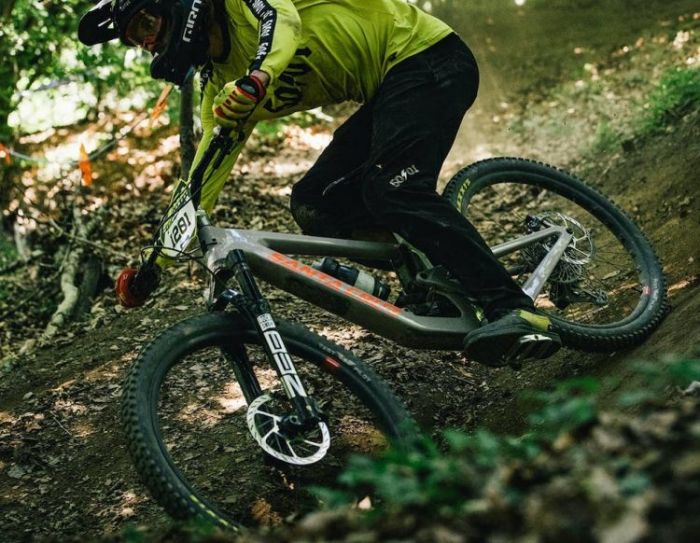Trek Remedy 9.8
- Price: $5,699
- Stroke: 150mm rear, 160mm front
- Wheels: 27.5×2.60”
- Drivetrain: 1 x 12
What we like about it: More nimble and free-flowing full-suspension mountain bike that lets you master the fun ride.
What we don’t like about it: The 27.5″ wheels can’t powerfully run over all obstacles.
Rating:(4.8/5)

If you want to enjoy every moment of your ride, free from obstacles and frictional stimuli, then the Trek Remedy 9.8 is definitely the right choice for you. The OCLV mountain carbon bike has been upgraded from a carbon brazed body to a more professional and efficient one. Feel the freedom in every rapid leap and lift off, without the weight of the bike weighing you down.
Unlike larger bikes that crush every obstacle in sight, the Trek Remedy is more nimble, which means it adapts quickly to rough outdoor conditions and is smoother when you’re climbing and rappelling. With a more modern 1x drivetrain that gives you a wider range of speed options, you’ll be in control of every ride.
Here is our detailed review of Trek Remedy’s performance, key features, components, and specifications, as well as other versions in the range.
Learn more: Trek Remedy 7 Review-How Did The Trek Remedy 7 Be So Amazing?
Climbing
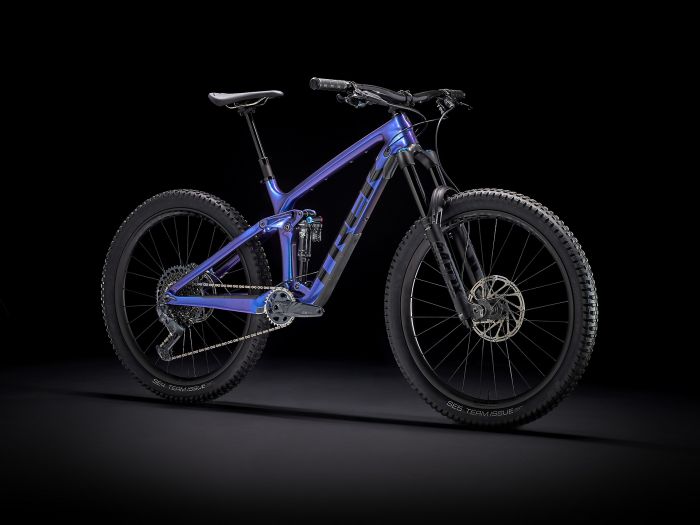
The Trek Remedy can definitely be described as an efficient climber. The slightly smaller 27″ Bontrager Line Elite 30 wheels allow you to roll faster as you accelerate on the way up the climb.
You hear the Fox Performance 38, 160mm fork snapping as you work your way forward. The longer reach stretch means it absorbs pressure from the ground very quickly, a testament to the fact that we’re mobilizing our whole body for upward climbing.
Trek Remedy’s SRAM GX Eagle 1×12 drivetrain allows for more effortless climbing, something no professional racer can resist.
As we hurtle through the track, we sometimes take to the air. This is when you understand what I mean by Trek Remedy in terms of efficiency and energy saving.
The more professional OCLV mountain carbon brazed frame will greatly reduce the weight of your body and you can easily use the impulse of acceleration to quickly take control of your body in the air.
If you have tried this type of professional track you should understand that there will be some deliberate obstacles set up for ability testing. For example, big trees that are tall and cut across the road. This is where details such as the EVOL air springs, and one-piece anti-vibration blocks, come into play to absorb the maximum force of vibration from the bodywork.
When you squeeze the body with all your strength, and your body is in a 90-degree position, you are holding on to the sturdy, non-deformable OCLV carbon fiber Bontrager Line Pro handlebars. The 27.5mm rising and nearly vertical Angle allows you to steer easily.
Descending
Each swift and intense climb means that there will be an even more exciting descent next time. Many bikes are forced to pop up quickly on rough, technical pro sections and then face an even more violent descent slap. But we felt no pressure from the descent when we tested the Trek Remedy.
I think it’s thanks to the straight shot down tube that the remedy stays solid and more stable. Wheel construction is also much stronger and more secure thanks to OCLV mountain carbon rims.
This performance is able to withstand big impacts and is extremely rigid, making the bike more capable of tracking.
I know some riders will enjoy the thrill of crushing obstacles, but I prefer the nimble handling of the Trek Remedy. 27.5×2.60” Bontrager SE4 Team Issue tires are more than adequate for crushing gravel or jutting obstacles, so you’ll be able to push harder.
The attributes of vacuum tires mean you spend less time on subsequent maintenance, knowing that a vacuum upgrade is often essential for some speed-hungry hardtails. The Trek Remedy’s powerful vacuum kit can be repaired with the self-replacing compound you carry with you in the event of some rubbing or even tearing in the field.
In special situations, such as downhill stretches, when one is subconsciously grabbing the brakes, the SRAM Code R 4-piston hydraulic disc brakes less and brakes more sensitively. The active brake shaft keeps the suspension in working order, especially with the EVOL air spring on the rear shock, which takes up the pressure as soon as you hit any rumble, allowing the Trek Remedy to react more quickly to impacts.
Key Features
Trek Remedy 9.8 Frame
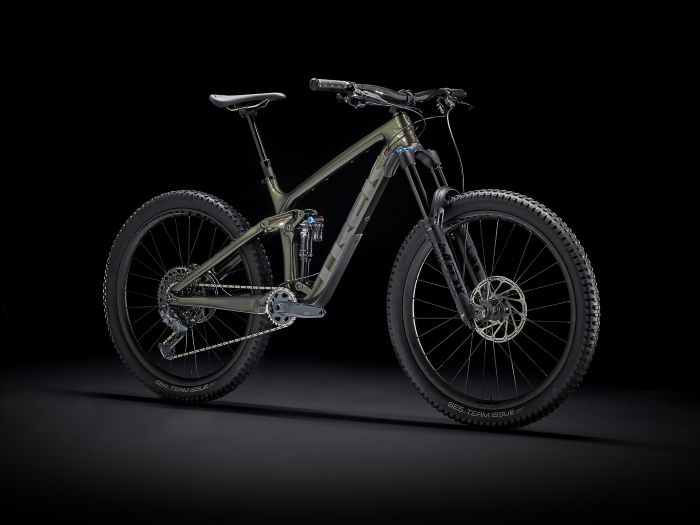
If you are a loyal fan of the Trek brand, you will certainly feel that there is not much new in the design of the Trek Remedy when you are used to seeing this front and rear triangular frame structure. But I have to tell you that this classic model structure is necessary, both for the extension of the body and for the handling of air resistance.
In the structure of the combined rear dampers, you observe the movement principle of this precision instrument as you move at high speed and through the undulations of the road. Between the expansion and contraction of the body, there is a surprisingly pleasing movement that minimizes body vibration.
With my favorite OCLV mountain carbon brazier bodywork, which is different from the usual carbon brazier material, this is more professional. For a long time, it was thought that alloy was more resistant to sharp impacts and more resilient than carbon. But with this upgraded OCLV mountain brazing material, the body is lighter and stronger at the same time.
Saddle
I’ve seen a few reviews of the Bontrager Arvada saddle that are always mixed. During my three-week-long ride, I was comfortable with the saddle and it was a more advanced and moderate feel. But I think if you need to ride longer and longer endurance races, you can also adjust the saddle to upgrade.
For a mountain bike that isn’t cheap, the internal cable placement allows you to focus more on the ride and less on short circuits and tangles.
color
I rode the purple Trek Remedy on my test day and it was exceptional. If you like to break the dullness, I suggest you try this beautiful color. In terms of color options, there isn’t an overwhelming range of choices, so if you have your own particular preferences, you can support some customization, but the relative price will be a little higher.
Geometry
I need to highlight the 65.6 head tube angle, which is much looser and will make you more stable on rough hills and at higher speeds. As you are aware, there are always rocks, big and small, on the tracks between woodlands, so this means you have to be very careful to keep control of your bike.
The 105mm seat tube length helps make it easier to get up and down when you want to stand slightly straighter on the pedals to better negotiate some big inclines.
Components and Specifications
27.5×2.60” Bontrager SE5 Team Issue Vacuum Tire
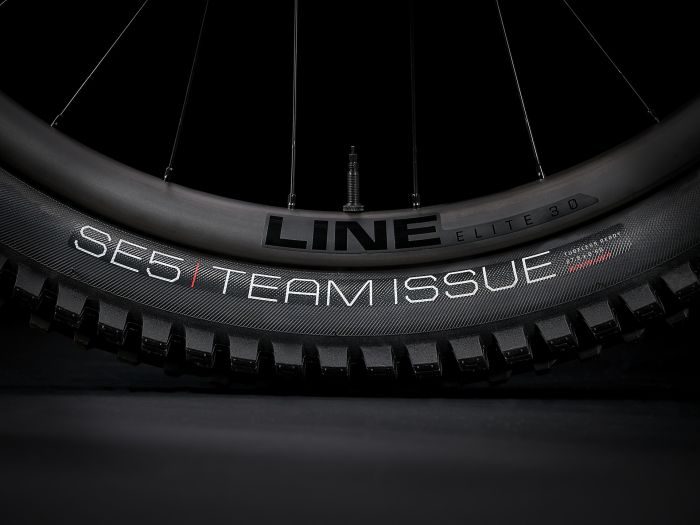
As I said earlier, many riders have a soft spot for taller, wider tires. It’s true that thicker tires are more than adequate in terms of crushing power and more favorable in terms of grip, but these properties are at the expense of some speed and efficiency.
That’s why in recent years slightly smaller wheels have become popular on mountain bikes, which roll faster and are more nimble in comparison. We’ve experimented with this and on wet roads, the size of the tire doesn’t really show much of an advantage.
You don’t need to worry that slightly smaller than the more common 29″ tires will limit you on the muddy ground after rain.
For vacuum tires, the treatment of minor wounds is self-healing. If you are experienced enough to carry a self-repair with you, this repair can automatically fill the wound as you drive.
For the matching rims, the expensive OCLV carbon fiber material has still been chosen. Weight and strength are excellent characteristics of this material, and it also has significant cooling benefits at high speeds, thereby extending tire lifespan.
Fox Performance Float DPX2 Shocks
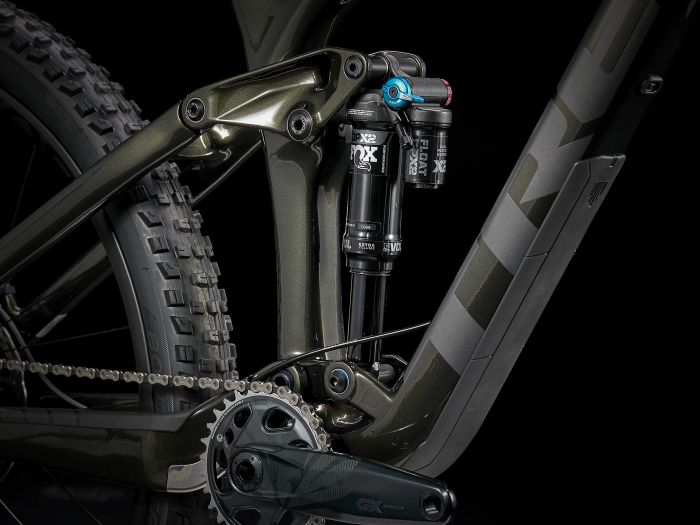
Fox’s Float DPX2 is a more advanced rear shock for trail bikes. It has improved shock sensitivity and at the same time has a more remote control function suitable for a forest bike shock. When I was facing big impact bumps, I could notice that the force of the vibrations that my body came into contact with was much weaker.
Structurally, the internal cycling of Fox’s Float DPX2 damper is designed to give the rider better control, while improving overall responsiveness and sensitivity. It helps to dissipate some of the shocks almost before you even sense the impact of the vibration.
A more adjustable force control on this upgrade reflects this increased sensitivity to absorbing small impacts. So it’s more friendly and fun for longer rides, without making you tired of having to deal with body control.
SRAM GX Eagle 1×12 Drivetrain
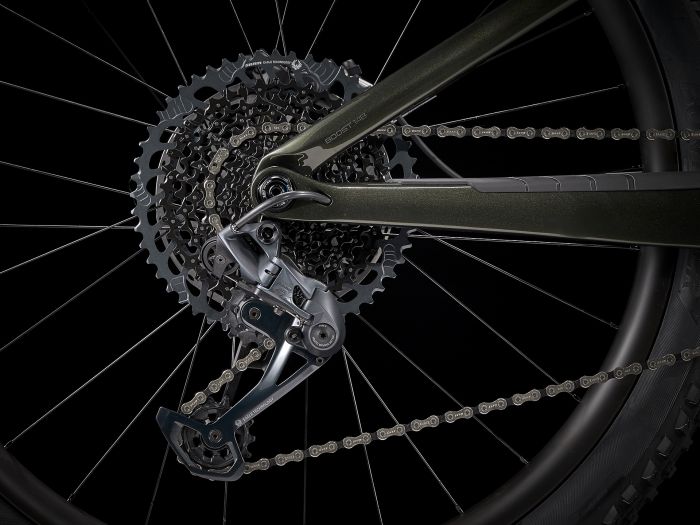
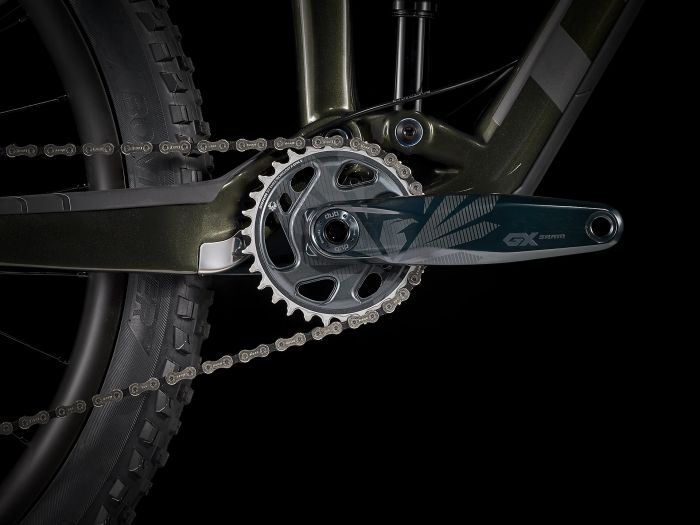
As I navigate the rugged woodland tracks, I get restless with a conservative approach to riding due to the sense of freshness and fun. I’ll be able to adjust my speed to the fastest possible speed, and all of this is predicated on the superior simplicity of the SRAM GX Eagle 1×12’s drivetrain.
The SRAM GX Eagle1x12 also features tighter tolerances and more precise manufacturing and assembly methods for increased longevity and durability, so don’t worry about maintenance afterward. The popular 1x drivetrain of recent years takes a lot of things into consideration and elaborates on the idea of greater simplicity from the outset of the design.
Most importantly it also allows for smoother movements and a wider choice of 12 adjustable speed ranges.
Other Versions of Trek Remedy
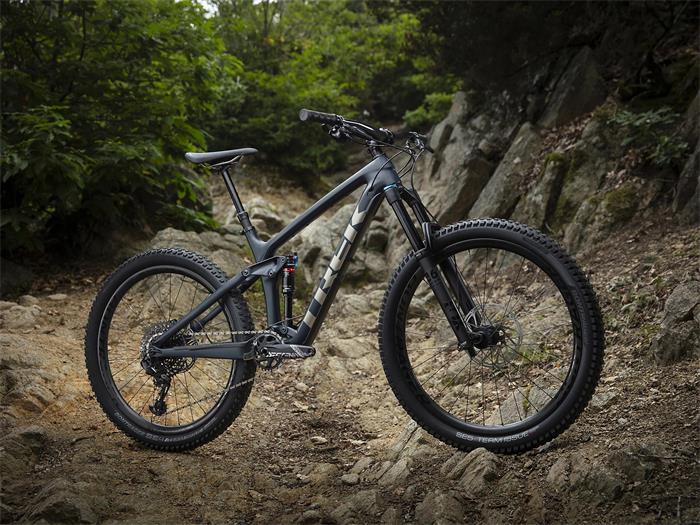
We compare the performance of the Trek Remedy 9.8 and the improvement doesn’t come with some surprising upgrades. In terms of tire choice, the Trek Remedy 9.8 opts for a narrower size wheel, although this adjustment (from 2,6″ on the version to 2,5″) has a definite improvement in terms of rolling speed and the feeling of drag.
However, other important components are compared, for example in the drivetrain, which is also the SRAM GX Eagle 1×12 drivetrain. In terms of brake choice, the preference for SRAM Code R 4 piston hydraulic discs remains. In terms of value for money, I would still prefer the Trek Remedy 9.8 for my personal reasons.
I have to say that if you’re considering the Trek Remedy range, you’ll definitely notice the Trek Remedy 8, which is very friendly in terms of price. But looking at some of the comparative figures, it doesn’t stand out that much.
Firstly, in terms of weight, the Trek Remedy 8 is heavier and the tires are wider, which can be a bit of a drag on speed gains and even on upward climbs.
Secondly, a more affordable aluminum alloy has been chosen for the material. Aluminum with high-performance characteristics is more flexible and corrosion resistant than aluminum with low-performance characteristics. However, when compared to the high-end OCLV mountain carbon fiber, it may still be a little less than ideal.
But it has to be admitted that the Trek Remedy 8 has done the best it can for its price in terms of components. For example, the choice of power transmission and brakes has reached a very high level.
What do we like about it?
- Higher spec oclv mountain carbon frame, made taller lighter, faster and stronger.
- 1×12 drivetrain offers a more liberal range of options for speed increases.
- More resistant to wear and tear, the vacuum tires also perform well in absorbing vibrations, allowing you to ride further.
- Fox Float DPX2 shock absorbers, better suited to Lindau shocks, for improved overall responsiveness and agility.
- Internal wiring is simple and efficient, reducing damage to wiring and care costs.
- SRAM Code R 4 piston hydraulic discs are lighter in weight and will be more agile in braking.
What do we like about it?
- Insufficient choice of colors to satisfy some fashionable color lovers.
- More care needs to be taken with the subsequent maintenance of high-end components and frameworks.
- Prices are not that cheap.
FAQs
- What is the body weight of the Trek Remedy 9.8?
The M model of the Trek Remedy 9.8 is 14.1 kg.
- What is the travel of the suspension of the Trek Remedy 9.8?
The Trek Remedy 9.8 has a front suspension travel of 150mm at the rear and 160mm at the front.
- What is the drivetrain of the Trek Remedy 9.8?
The Trek Remedy 9.8 drivetrain is an SRAM GX Eagle 1×12.
Specs
Frameset
| Frame | OCLV Mountain Carbon main frame & stays, tapered head tube, Knock Block, Control Freak internal routing, Carbon Armor, ISCG 05, magnesium rocker link, Mino Link, ABP, Boost148, 150mm travel |
|---|---|
| Fork | Fox Performance 38, Float EVOL air spring, GRIP damper, tapered steerer, 44mm offset, Boost110, 15mm Kabolt axle, 160mm travel |
| Shock | Fox Performance Float DPX2, EVOL air spring, 230×57.5mm |
Wheels
| Wheel front | Bontrager Line Elite 30, OCLV Mountain Carbon, Tubeless Ready, 6-bolt, Boost110, 15mm thru axle |
|---|---|
| Wheel rear | Bontrager Line Elite 30, OCLV Mountain Carbon, Tubeless Ready, Rapid Drive 108, 6-bolt, SRAM XD driver, Boost148, 12mm thru axle |
| Hub front | Bontrager alloy, sealed bearing, alloy axle, 6-bolt, Boost110, 15mm thru axle |
| Hub rear | Bontrager alloy, sealed bearing, 6-bolt, 108T Rapid Drive, SRAM XD driver, Boost148, 12mm thru axle |
| Skewer rear | Bontrager Switch thru axle, removable lever |
| Rim | Bontrager Line Elite 30, Tubeless Ready, 6-bolt, Boost110, 15mm thru axle |
| *Tire | Size: S, M, M/L, L, XL Bontrager SE4 Team Issue, Tubeless Ready, Core Strength sidewalls, aramid bead, 60 tpi, 27.5×2.60” Size: S, M, M/L, L, XL Bontrager SE5 Team Issue, Tubeless Ready, Core Strength sidewall, aramid bead, 60 tpi, 27.5×2.60” |
| Tire part | Bontrager TLR sealant, 6oz |
| Rim strip | Bontrager TLR |
Drivetrain
| Shifter | SRAM GX Eagle, 12 speed |
|---|---|
| Rear Derailleur | SRAM GX Eagle |
| *Crank | Size: S SRAM GX Eagle, DUB, 30T alloy ring, Boost (52mm chainline), 170mm length Size: M, M/L, L, XL SRAM GX Eagle, DUB, 30T alloy ring, Boost (52mm chainline), 175mm length |
| Bottom bracket | SRAM DUB, 92mm, PressFit |
| Cassette | SRAM Eagle XG-1275, 10-52, 12 speed |
| Chain | SRAM GX Eagle, 12 speed |
Components
| Saddle | Bontrager Arvada, austenite rails, 138mm width |
|---|---|
| *Seatpost | Size: S Bontrager Line Elite, 100mm travel, MaxFlow, internal routing, 31.6mm, 340mm length Size: M, M/L Bontrager Line Elite, 150mm travel, MaxFlow, internal routing, 31.6mm, 440mm length Size: L, XL Bontrager Line Elite, 170mm travel, MaxFlow, internal routing, 31.6mm, 480mm length |
| Handlebar | Bontrager Line Pro, OCLV Carbon, 35mm, 27.5mm rise, 820mm width |
| Grips | Bontrager XR Trail Pro, alloy lock-on |
| Stem | Bontrager Line Pro, 35mm, Knock Block, Blendr compatible, 0 degree, 45mm length |
| Headset | Knock Block Integrated, 58-degree radius, cartridge bearing, 1-1/8” top, 1.5” bottom |
| Brake | SRAM Code R 4-piston hydraulic disc |
| *Brake rotor | Size: S, M, M/L, L, XL SRAM CenterLine, 6-bolt, round edge, 180mm Size: S, M, M/L, L, XL SRAM CenterLine, 6-bolt, round edge, 200mm |
Weight
| Weight | M – 13.54 kg / 29.86 lbs (with TLR sealant, no tubes) |
|---|---|
| Weight limit | This bike has a maximum total weight limit (combined weight of bicycle, rider, and cargo) of 300 pounds (136 kg). |
Comparison Table
| BIKE | PRICE | GEAR | BRAKE | TIRE | CLICK VIEW |
| Santa Cruz NOMAD S / Carbon C / MX | $6,799 | 1×12 | SRAM Code R | 29″x2.5″ | Click View |
| Santa Cruz MEGATOWER S / Carbon C | $6,799 | 1×12 | SRAM Code R | 29″x2.5″ | Click View |
| Yeti SB165 C1 | $6,500 | 1×12 | SHIMANO DEORE4 PISTON | 27.5″×2.5″ | Click View |
| Norco Shore 1 | $6,199 | 1×12 | SRAM Code RSC | 29″×2.5″ | Click View |
Santa Cruz NOMAD S / Carbon C / MX vs Trek Remedy 9.8
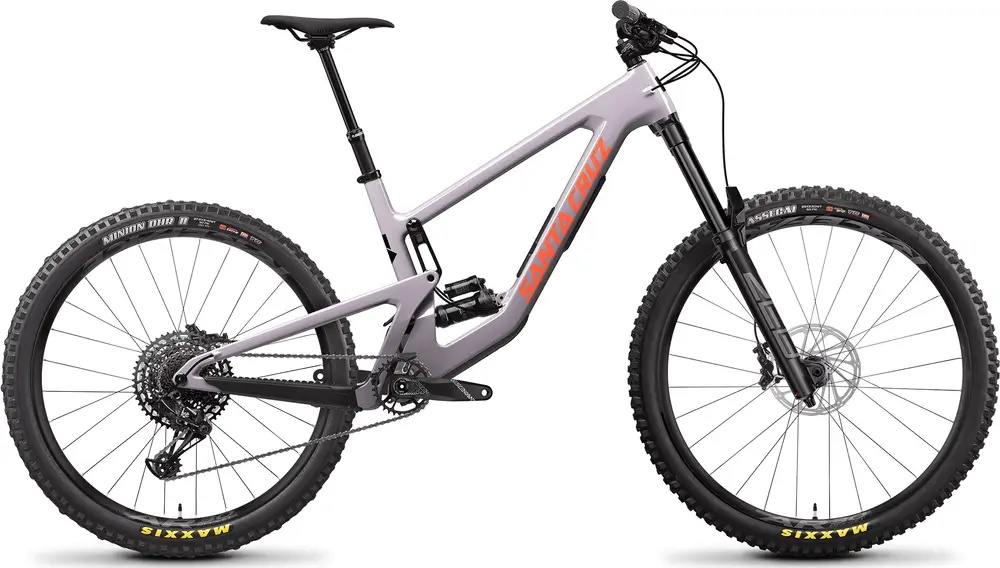
On the more expensive Santa Cruz NOMAD S / Carbon C / MX model, we see a more targeted design. For example, in the design of the suspension travel, which is 170mm front and rear, allows for better compression of the impact on the ground for some sudden drops.
But compared to the Trek Remedy 9.8 with its different front and rear travel (150mm rear, 160mm front), I think the Trek Remedy 9.8 is more versatile and can handle both climbing and descending better.
In terms of tire size, the Santa Cruz NOMAD S / Carbon C / MX has a narrower tire. I can understand this treatment, which is favorable for acceleration and even air resistance, but there is a gap in terms of grip on the ground and even some crushing power compared to the wider tires.
Admittedly, the Santa Cruz NOMAD S / Carbon C / MX is a different style when it comes to the other components chosen. Looking at the price boost of around $1,000, I would be more partial to the Trek Remedy 9.8.
Learn more : Is Santa Cruz NOMAD X01 A Good Bike? [Santa Cruz NOMAD X01 Review]
Santa Cruz MEGATOWER S / Carbon C vs Trek Remedy 9.8
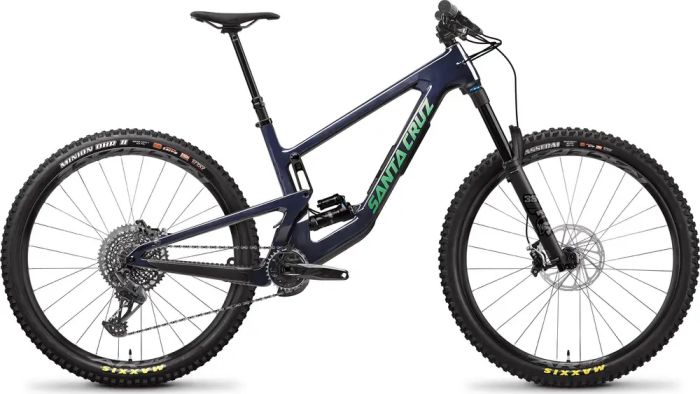
Also at the top end of the Santa Cruz brand, the Santa Cruz MEGATOWER S / Carbon C remains more expensive in terms of price. As I complained before about the monotony of the travel, this model makes some distinctions (165mm and 170mm front and rear travel respectively). This means that it doesn’t make trade-offs between climbing and descending, taking care of a more comprehensive range.
The choice of tires was also made with the more mainstream 29″ tires, which are taller and more powerful in terms of traction. In recent years I have favored the slightly smaller 27.5″ tire as it is more agile and nimble. Long years of mountain riding have taught me that this is necessary.
I prefer OCLV mountain carbon in my frame choice. It always seems a little bit unfortunate that the Santa Cruz MEGATOWER S / Carbon C is also carbon.
I think I would be more partial to the Trek Remedy 9.8, given the price factor.
Learn more : Is Santa Cruz MEGATOWER XX1 AXS Worth Buying? [Santa Cruz MEGATOWER XX1 AXS Review]
Yeti SB165 C1 vs Trek Remedy 9.8
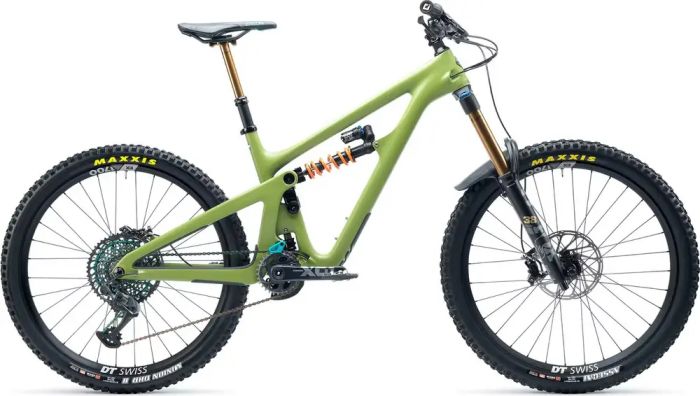
When I saw the Yeti SB165 C1, I was really surprised. Compared to the more spacious geometry of the Trek Remedy 9.8, I would have been uncomfortable with the steeper Yeti SB165 C1. Although I know that this is its design philosophy, with a 180mm length in suspension travel design and only 165mm in the rear suspension, it does have obvious benefits for climbing on larger grades in this design. However, there are some disadvantages in some speed terrain and even in long endurance races. For example, the control is more difficult and the disparity between front and rear can cause some disparity in the riding experience.
With slightly smaller tires than the mainstream 27.5″ tires, the Yeti SB165 C1 is probably thinking in the same direction as the Trek Remedy 9.8, with a more flexible upgrade. The Yeti SB165 C1 is heavier than the Trek Remedy 9.8, which is made of OCLV mountain carbon fiber, probably due to the constraints of the body material. This seems to be detrimental for some steep uphill climbs and short stints in the air. On balance, I prefer the lighter, faster, and cheaper Trek Remedy 9.8.
Learn more : Is Yeti SB130 C1 Splendid – [Yeti SB130 C1 Review]
Norco Shore 1 vs Trek Remedy 9.8

Readers who know me well will know that I prefer lighter carbon fiber materials, so when I saw the Norco Shore 1 with an aluminum frame priced at $6,199, I thought it was a bit of a surprise. But for the designers at Norco, the aluminum material is psychologically felt to be more abrasive in rough conditions and better cared for than carbon fiber. This, of course, would have put carbon fiber lovers like me off.
If you see the Norco Shore 1 in the flesh, you will notice that it appears taller. The identical front and rear travel is great for some specific, e.g. big speed descents, but this can be a bit of a shame for forest tracks that encapsulate both climbing and descending. Meanwhile, the Trek Remedy 9.8 will adapt a little better to the terrain. Although in terms of drivetrain they take a consistent 1×12 drivetrain.
In terms of color presentation, the Norco Shore 1 color options are not that great either, with only one silver color, although I do like the bright colors. For some people who prefer darker colors, this will be a limitation. So on balance, I would prefer the Trek Remedy 9.8.
Learn more:Is Norco Optic C AXS Worth Buying? – [Norco Optic C AXS Review]
In case, the above comments are helpful to you, please remember to share the subscription. Have a great day!

![[Orbea URRUN 10 20mph Review] – Best Used By People Who Enjoy Riding To Get AFeel For The Mountains!](https://bestbikeselect.com/wp-content/uploads/2023/09/2023-Orbea-URRUN-10-20mph-35_-1024x1024.jpg)
![[Specialized Turbo Como 5.0 Review] – Good Choice?](https://bestbikeselect.com/wp-content/uploads/2023/08/2023-Specialized-Turbo-Como-5.01_-1024x1024.webp)
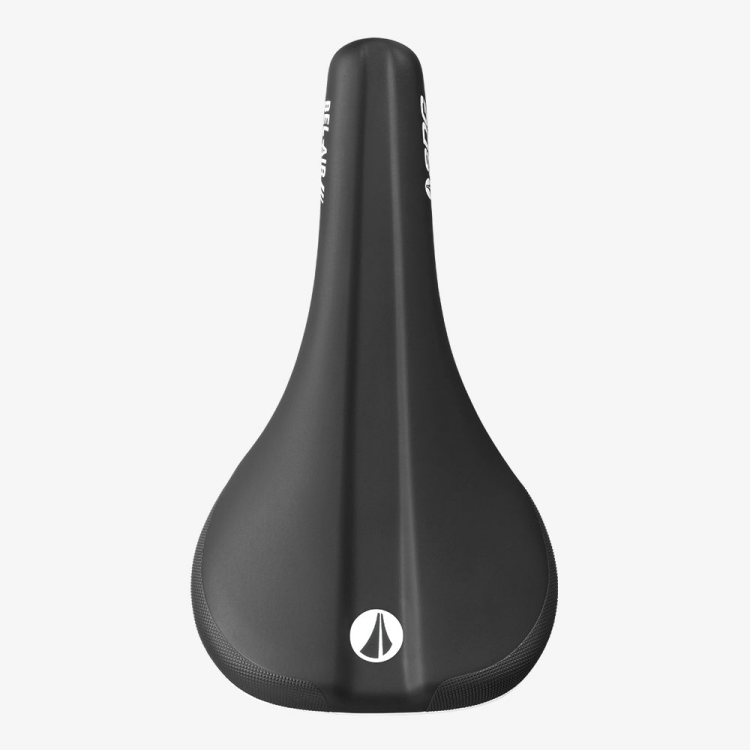
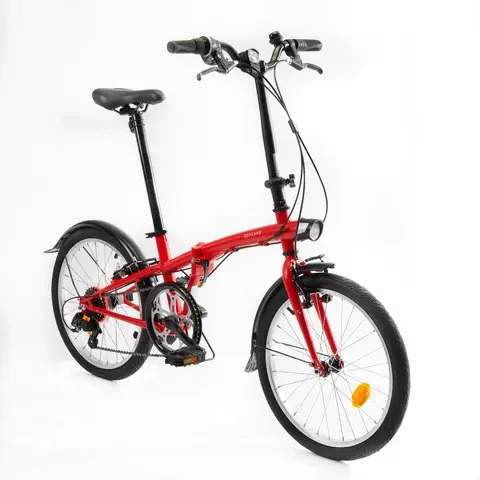
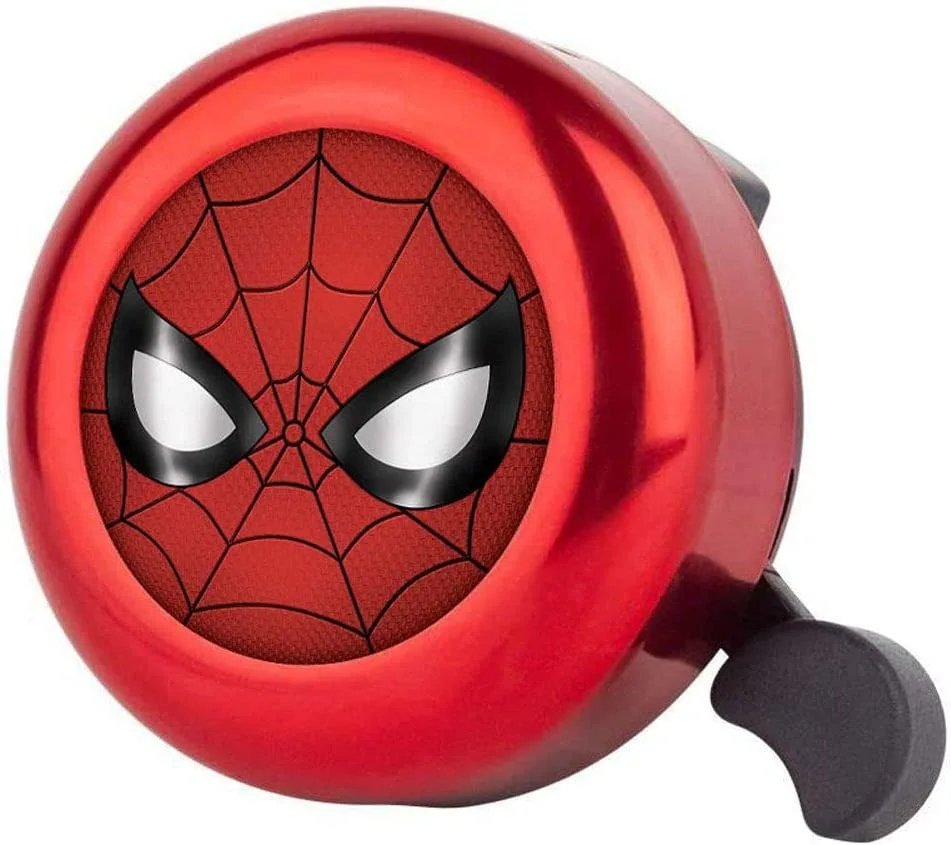
![2025 Built for Champions:[Orbea ORCA M21eTEAM PWR Review]](https://bestbikeselect.com/wp-content/uploads/2025/01/ORCA-M21eTEAM-PWR-1024x885.jpg)
![2025 Conquer Any Trail [Santa Cruz Bronson R Review]](https://bestbikeselect.com/wp-content/uploads/2025/01/Santa-Cruz-Bronson-R-1-1024x768.webp)
![2025 The All-Terrain Beast [Santa Cruz Hightower 3 MY24 Review]](https://bestbikeselect.com/wp-content/uploads/2025/01/Santa-Cruz-Hightower-3-MY24-1024x768.webp)
![The Best Comfortable Leisure Bike of 2025 [ Trek Verve 2 Lowstep Gen 5 ]](https://bestbikeselect.com/wp-content/uploads/2024/12/Verve-2-Lowstep-Gen-5-02-1024x681.png)
![2025’s Top Endurance Bikes [Cannondale Synapse Carbon 3 L Review]](https://bestbikeselect.com/wp-content/uploads/2025/01/Cannondale-Synapse-Carbon-3-L-1-1024x627.webp)
